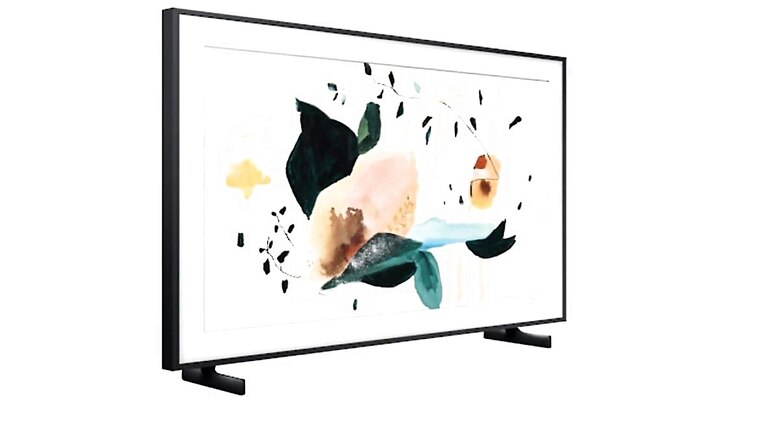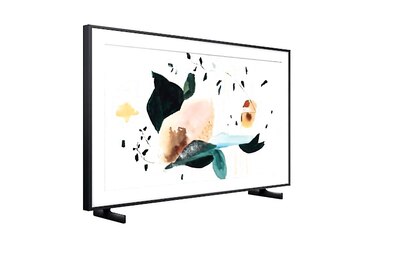
views
Prices for LED TV and large appliances such as refrigerator, washing machines are expected to go up by around 10 percent from January next year on account of rise in costs of key input materials like copper, aluminum, and steel and increase in ocean and air freights charges. Besides, prices of TV panels (Opencell) have also gone up by over two-folds due to short supply by the global vendors, while cost of plastic has also gone up due to rise in crude oil prices, said manufacturers.
Terming it as imminent and unavoidable, manufacturers such as LG, Panasonic and Thomson are going to increase the prices from January, however, Sony is still reviewing the situation and is yet to take a call on this. “We expect the increase in commodity prices to impact our product pricing in near future. I anticipate the prices to go up by 6-7 per cent in January itself and may go up to 10-11 per cent towards end of FY Q1,” said Panasonic India President & CEO Manish Sharma.
LG Electronics India is also going to increase the price of a minimum of 7 to 8 percent across its products in the appliances category from January 1 next year. “From January, we are going to increase the price of 7-to 8 per cent on all products including TV, Washing Machine, refrigerator etc. There is an increase in raw material prices and metals as copper and aluminium. Moreover, crude oil prices have gone up, hence the cost of plastic materials have also gone up substantially,” said LG Electronics India VP-Home Appliances Vijay Babu.
While for Sony India, it’s still a ‘wait and watch’ situation and yet to take a final call on this but hinted that it is also moving in that directions.
On being asked about the prices Sony India Managing Director Sunil Nayyar said: “Not yet. It is a wait and watch. We are watching the supply side, which is changing day by day. Its blurry situation and we have not decided as how much… Tendency is moving towards that situation.”
The panel prices have edged up and the some of the other raw material costs also has gone up, specially for the TV, he added.
“I reckon it with primarily with demand and supply situation. There is excess demand because of work from home and there is limited supply because factories were not running at full capacity and that has created a vacuum in the supply side and have pushed up the prices,” said Nayyar adding “it was a perfect storm as all thing came together disruption in supply, excessive demand and extraneous issues”.
Prices of small screen sizes have a bigger issue for the industry and their prices have gone up significantly.
“Off course, the large screen also has an issue but I do not think it is troubling. India is still a predominantly 32-inch screen size market,” said Nayyar.
Super Plastronics, the brand licensee for French Electronics brand Thomson and Kodak, said there is a scarcity of TV Opencell in the market and the prices have almost gone up by 200 per cent.
“There is an increase of 200 per cent in panel prices and despite the increase, there is short supply. Due to no alternative of panel manufacture at the global stage, we are dependent on China. So, Thomson and Kodak will increase the android TV prices by 20 per cent from January,” said SPPL CEO Avneet Singh Marwah.
Videotex International Director Arjun Bajaaj said: “The other factor leading to a sharp rise in the prices is the three-fold increase in Import Freight charges compared to October 2020.”
However, there is a warning note also from the Consumer Electronics and Appliances Manufacturers Association (CEAMA) saying that a price hike by the brands may also hamper the overall demand in the next quarter.
“A rise in the commodity cost by 20-25 per cent, increase in the ocean and air freights to the extent of 5-6 times due to shortage of containers and the lag in the mining activity due to the pandemic is putting upward pressure on the overall input cost for Appliances. As a result, brands are most likely to increase prices to the extent of 8-10 per cent in near future, which may hamper the overall demand in the next quarter,” said CEAMA President Kamal Nandi.
However, Nandi, who is also Business Head and Executive Vice President Godrej Appliances, said the industry hopes that it will be offset to some extent by pent up demand surfacing now.
According to Nayyar: “It would not sustain for a long period but for the industry until the first half of the next year, the pressure would remain.”
The Indian appliances and consumer electronics industry is largely dependent on global imports, mainly from China, for the sourcing of components and some of the finished goods.
According to a joint report by CEAMA and Frost & Sullivan, the industry had a total market size of Rs 76,400 crore in 2018-19, in which Rs 32,200 crore was contributed from domestic manufacturing.
Read all the Latest News, Breaking News and Coronavirus News here


















Comments
0 comment